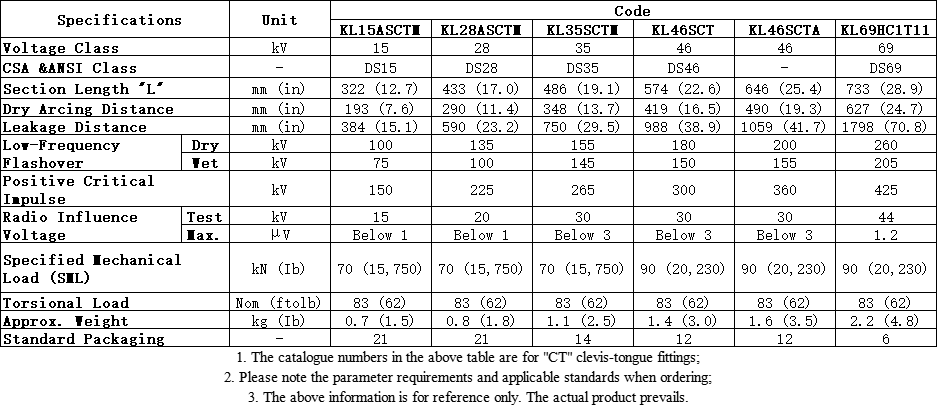This 33kV composite deadend insulator is precisely designed for distribution grid applications. The production process demands accurate engineering, advanced manufacturing facilities, and strict quality control. The insulator comes with relevant quality assurance certificates.
During service, it effectively insulates conductors and endures significant mechanical loads. The Ball and Socket fittings, made of either aluminium or iron, offer a reliable connection with other line components. It showcases outstanding electrical insulation properties, sufficient mechanical strength, and remarkable resistance to environmental factors. This makes it a vital element in power distribution, especially in various outdoor and challenging situations.
Standards:
IEC 61109: 2008; ANSI C29.13
Specifications:


Application:
It is mainly employed to terminate and support conductors in the distribution power grid. Its main purpose is to provide reliable electrical insulation and mechanical anchoring, which is essential for the uninterrupted power supply and the integrity of the distribution network.
Features:
Meeting the requirements of the distribution grid, it can operate dependably for a long time, reducing the need for frequent replacements and ensuring the continuous distribution of electricity.
Its structure and material composition are optimized to fit distribution voltage levels. It addresses the typical insulation requirements in a distribution power grid more effectively than some other insulator types.
Considering the diverse environmental conditions in different locations, it has features that allow it to withstand these challenges and maintain the normal operation of the power grid.
With good performance in dealing with different mechanical forces and environmental changes, it can maintain its insulating and anchoring functions for conductors in a wide range of operating conditions, especially in those where reliable dead-ending is crucial.





















